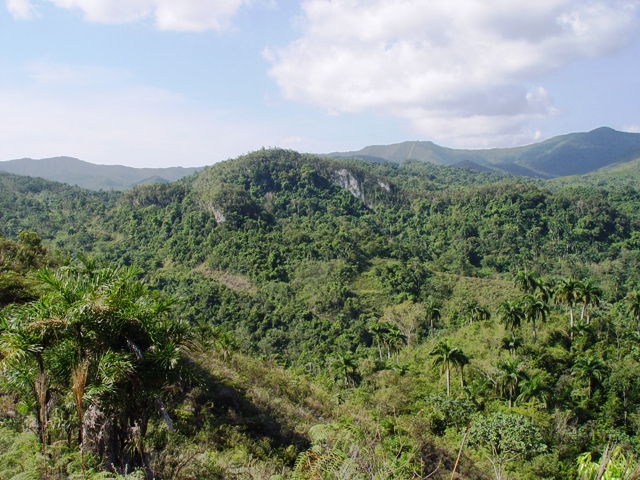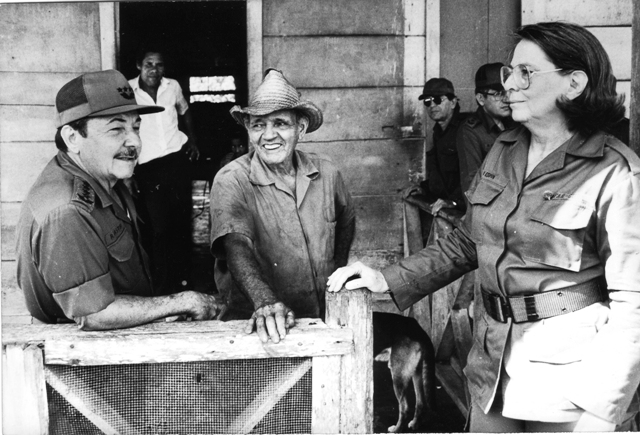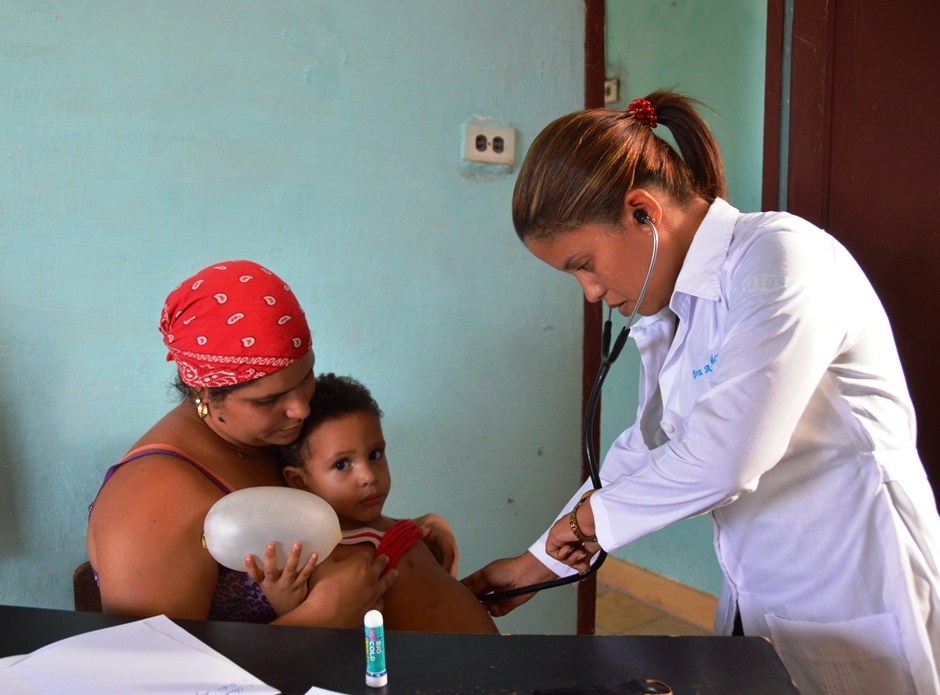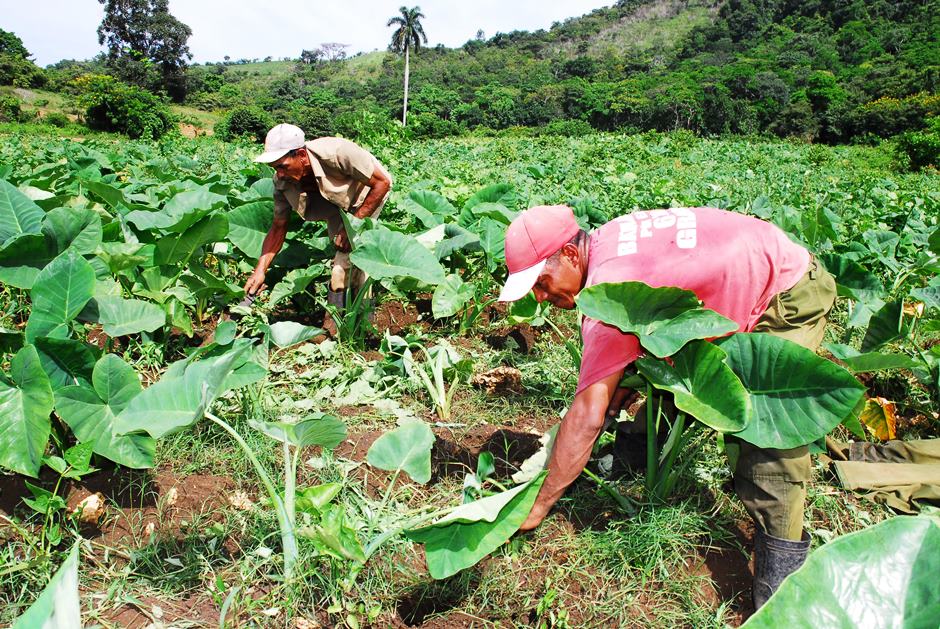
Historically, the Guantanamo Mountains were safe places for Aborigine people and runaway slaves, faithful witnesses of the deeds of the Mambises Liberation Army, of the struggles of the peasants of Realengo 18, and of the actions of the troops of the II Eastern Front “Frank País”, under the command of Commander Rebel Raul Castro.
With the victorious January of 1959, an irreversible process of social transformations began in the easternmost mountains of Cuba, which improved the quality of life of the men and women of the highlands.
The benefits of the First and Second Law of Agrarian Reform, the Literacy Campaign, and the battles to reach the sixth and ninth grade, the first doctors and nurses, new population settlements emerge and with them hospitals to provide attention to the peasants and their families, as well as schools, houses of culture, roads, gastronomic and service facilities, sports and scientific centers.
In the effort to advance in the integral and sustainable socio-economic development of the mountainous areas of the country, the Council of State of the Republic of Cuba approves on June 2, 1987, the creation of the Turquino Plan, a program aimed at boosting agricultural production and raising living standards for their populations in harmony with nature.

The main architects of the creation of the Turquino Plan were the then Minister of the FAR Army General Raúl Castro Ruz, and his unforgettable companion Vilma Espín.
Talking about the Guantanamo Turquino Plan acquires a special dimension, since of the 6 thousand 164.47 square kilometers of territorial extension of the province, the mountains cover around the 76 percent of the region, where over 205 thousand inhabitants live, representing around 40% of all residents in Guantánamo.
This program is present in nine of the 10 municipalities, and five of them are completely mountainous, including their municipal chief town: Baracoa, San Antonio del Sur, Imías, Maisí, and Yateras, while El Salvador, Niceto Pérez, and Manuel Tames, have several mountainous communities, and Caimanera has the special Hatibonico community, where the Sierra Maestra begins.
After 36 years of founding the Turquino Plan, the Guantanamo mountains show first-world indices in terms of health, education, culture, sports and social security.
The hillside of the territory has a network of medical offices, along with other institutions where full coverage of doctors, nurses, and other health personnel who guarantee basic care services.

Education is present at all levels of education, from preschool to university, with the operation of more than 500 educational institutions, with a general enrollment of more than 30,000 students.
At present, all the municipalities of Guantánamo have their development strategies, with actions designed for implementing science and innovation, and to increase food production by raising poultry and pigs, the increase of the areas of fruit trees, other forest species and achieve greater yields of corn, tubers and vegetables. But these goals fail to materialize with the necessary agility. It is also necessary to pay attention to the recovery of coffee plantation, and other key items for the Guantanamo economy: coconut, cocoa and honey, and take advantage of all the existing potential that allows achieving true food sustainability in the mountains.
